Je voudrais remercier la NASA de partager ses photos, elles sont magnifiques.
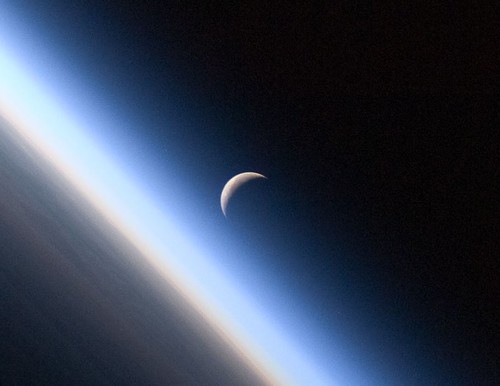
Detail: Crescent Moon, Earth's Atmosphere (NASA, International Space Station Science, 09/04/10) par NASAs Marshall Space Flight Center
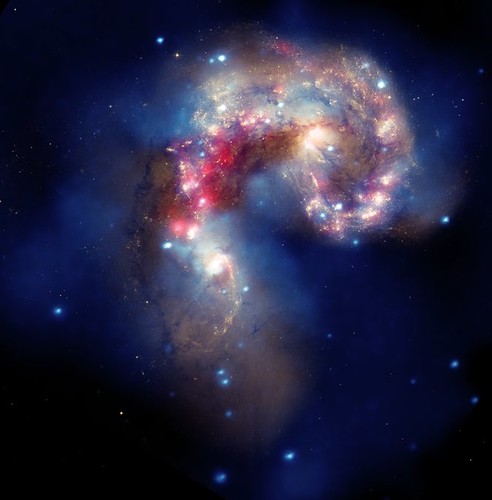
Galaxies Collide in the Antennae Galaxies (NASA, Chandra, Hubble, Spitzer, 08/05/10) par NASAs Marshall Space Flight Center
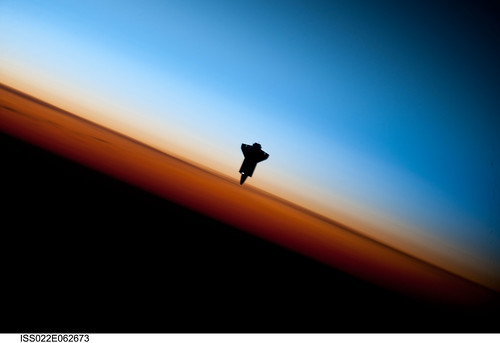
Space Shuttle Endeavour Over Earth (NASA, International Space Station Science, 02/09/10) par NASAs Marshall Space Flight Center
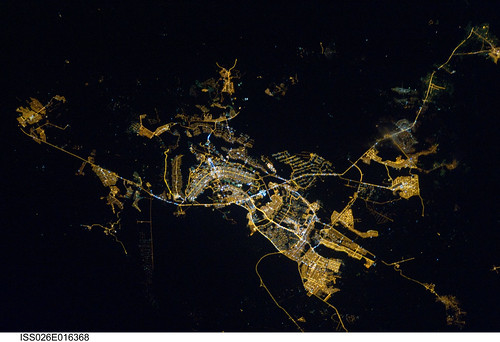
Brasilia, Brazil at Night (NASA, International Space Station, 01/08/11) par NASAs Marshall Space Flight Center
![Stunning View of Starburst Galaxy (NASA, Chandra, 04/24/06) [EXPLORED] <i>Editors Note: This is an archive image from 2006.</i> Images from three of NASAs Great Observatories were combined to create this spectacular, multiwavelength view of the starburst galaxy M82. Optical light from stars (yellow-green/Hubble Space Telescope) shows the disk of a modest-sized, apparently normal galaxy. Another Hubble observation designed to image 10,000 degree Celsius hydrogen gas (orange) reveals a startlingly different picture of matter blasting out of the galaxy. The Spitzer Space Telescope infrared image (red) shows that cool gas and dust are also being ejected. Chandras X-ray image (blue) reveals gas that has been heated to millions of degrees by the violent outflow. The eruption can be traced back to the central regions of the galaxy where stars are forming at a furious rate, some 10 times faster than in the Milky Way Galaxy. Many of these newly formed stars are very massive and race through their evolution to explode as supernovas. Vigorous mass loss from these stars before they explode, and the heat generated by the supernovas drive the gas out of the galaxy at millions of miles per hour. It is thought that the expulsion of matter from a galaxy during bursts of star formation is one of the main ways of spreading elements like carbon and oxygen throughout the universe. The burst of star formation in M82 is thought to have been initiated by shock waves generated in a close encounter with a large nearby galaxy, M81, about 100 million years ago. These shock waves triggered the collapse of giant clouds of dust and gas in M82. In another 100 million years or so, most of the gas and dust will have been used to form stars, or blown out of the galaxy, so the starburst will subside. Credits: X-ray: NASA/CXC/JHU/D.Strickland; Optical: NASA/ESA/STScI/AURA/The Hubble Heritage Team; IR: NASA/JPL-Caltech/Univ. of AZ/C. Engelbracht Read entire caption/view more images: <a href="http://chandra.harvard.edu/photo/2006/m82/" rel="nofollow">chandra.harvard.edu/photo/2006/m82/</a> Caption credit: Harvard-Smithsonian Center for Astrophysics Read more about Chandra: <a href="http://www.nasa.gov/chandra" rel="nofollow">www.nasa.gov/chandra</a> p.s. You can see all of our Chandra photos in the Chandra Group in Flickr at: <a href="http://www.flickr.com/groups/chandranasa/">www.flickr.com/groups/chandranasa/</a> Wed love to have you as a member!](http://farm5.static.flickr.com/4087/5038531149_44f8ffc699.jpg)
Stunning View of Starburst Galaxy (NASA, Chandra, 04/24/06) [EXPLORED] par NASAs Marshall Space Flight Center

Mediterranean Riviera (NASA, International Space Station Science, 11/04/10) par NASAs Marshall Space Flight Center
english version

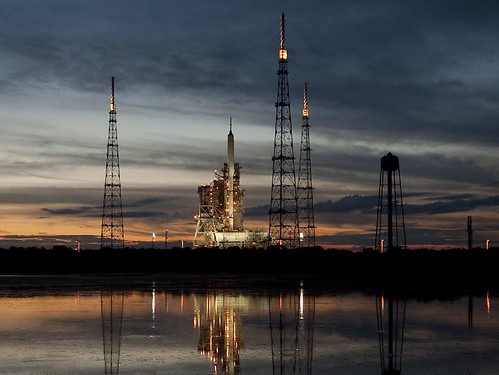

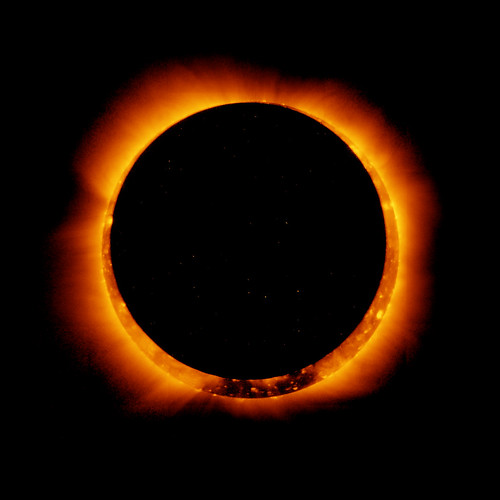
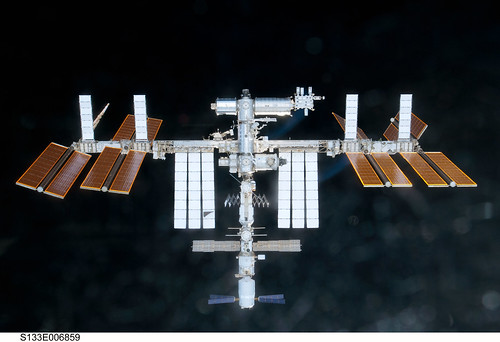
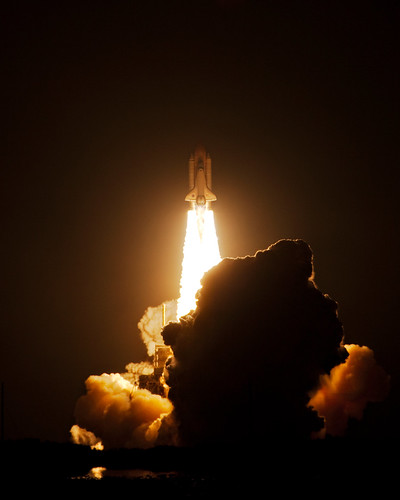


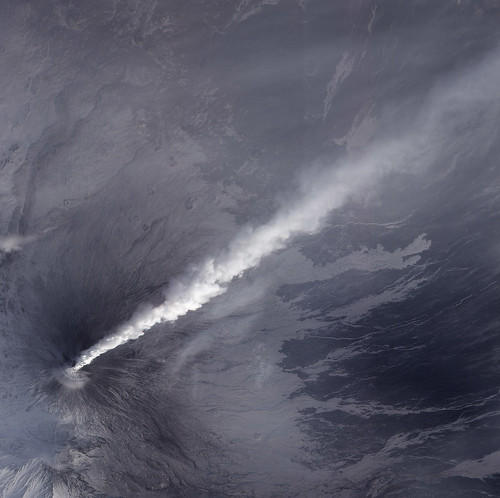
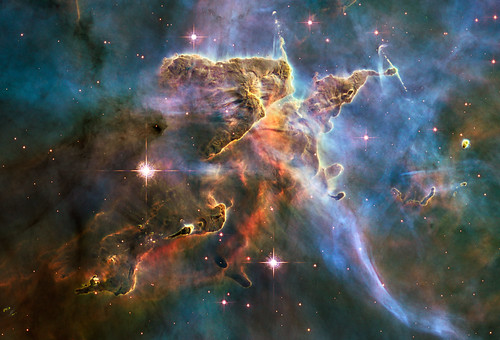
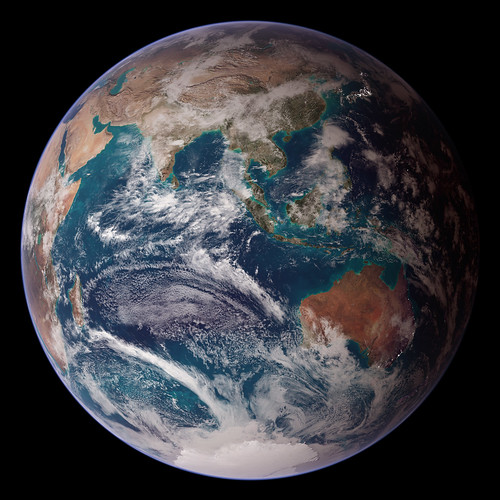
Aucun commentaire:
Enregistrer un commentaire